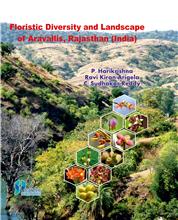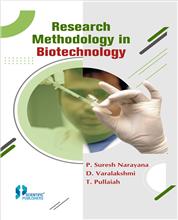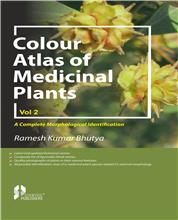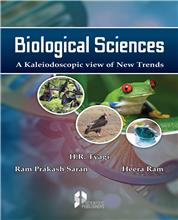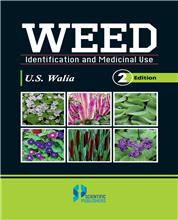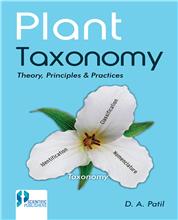Foreward
Preface
INTRODUCTION
REVIEW OF LITERATURE
Taxonomy
Anatomy
Embryology
Cytology
Phytochemistry
Palynology
Economic uses
CONTENTS IN THE PRESENT MONOGRAPH
ABBREVIATIONS
CLASSIFICATION
Key to the subfamilies of the family Lamiaceae
Key to the tribes of the subfamily Lamioideae
Key to the tribes of subfamily Nepetoideae
Key to the subtribes of the tribe Lamieae
Key to the genera of subtribe Lamiinae
GENUS LEUCAS R. BR.
Key to the sections of the genus leucas R.B.
Artificial key to the species of the genus Leucas R. Br.
Enumeration of the species
SPECIES DUBIAE
PHENETIC AFFINITIES
PHYTOGEOGRAPHICAL CONSIDERATIONS
CONSERVATION
REFERENCES
INDEX TO THE PHOTOGRAPHS
INDEX TO THE FIGURES
INDEX TO THE DISTRIBUTIONAL SKETCH MAPS
INDEX TO THE BOTANICAL NAMES
INDEX TO THE VERNACULAR NAMES


